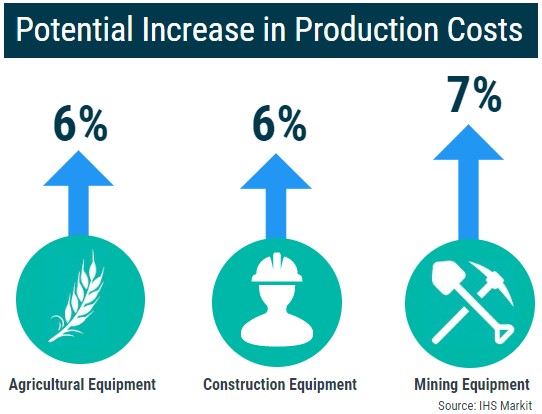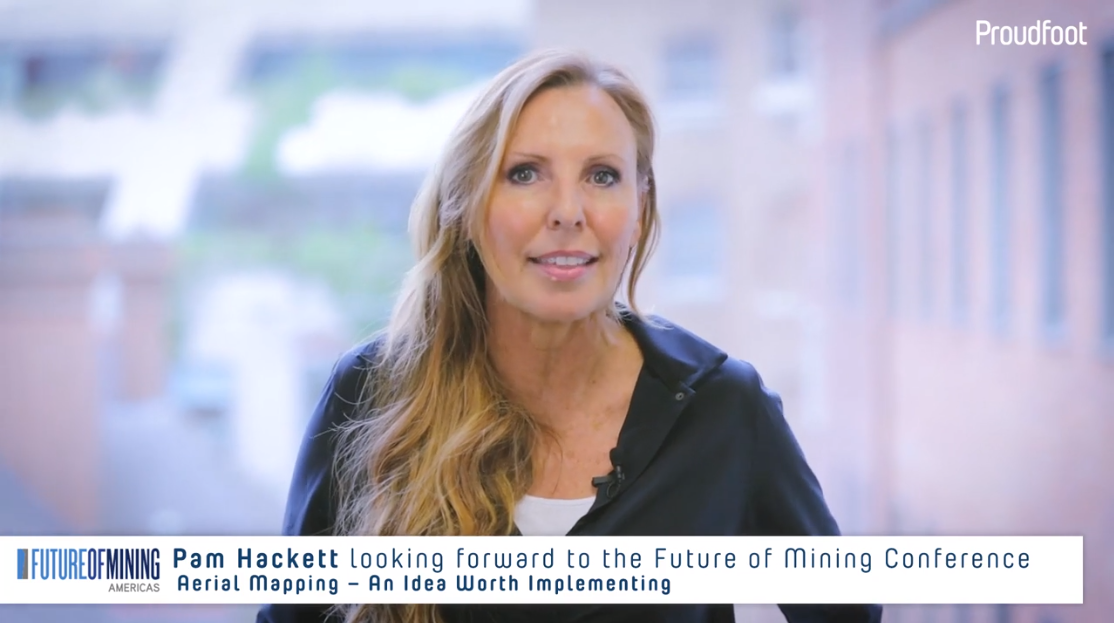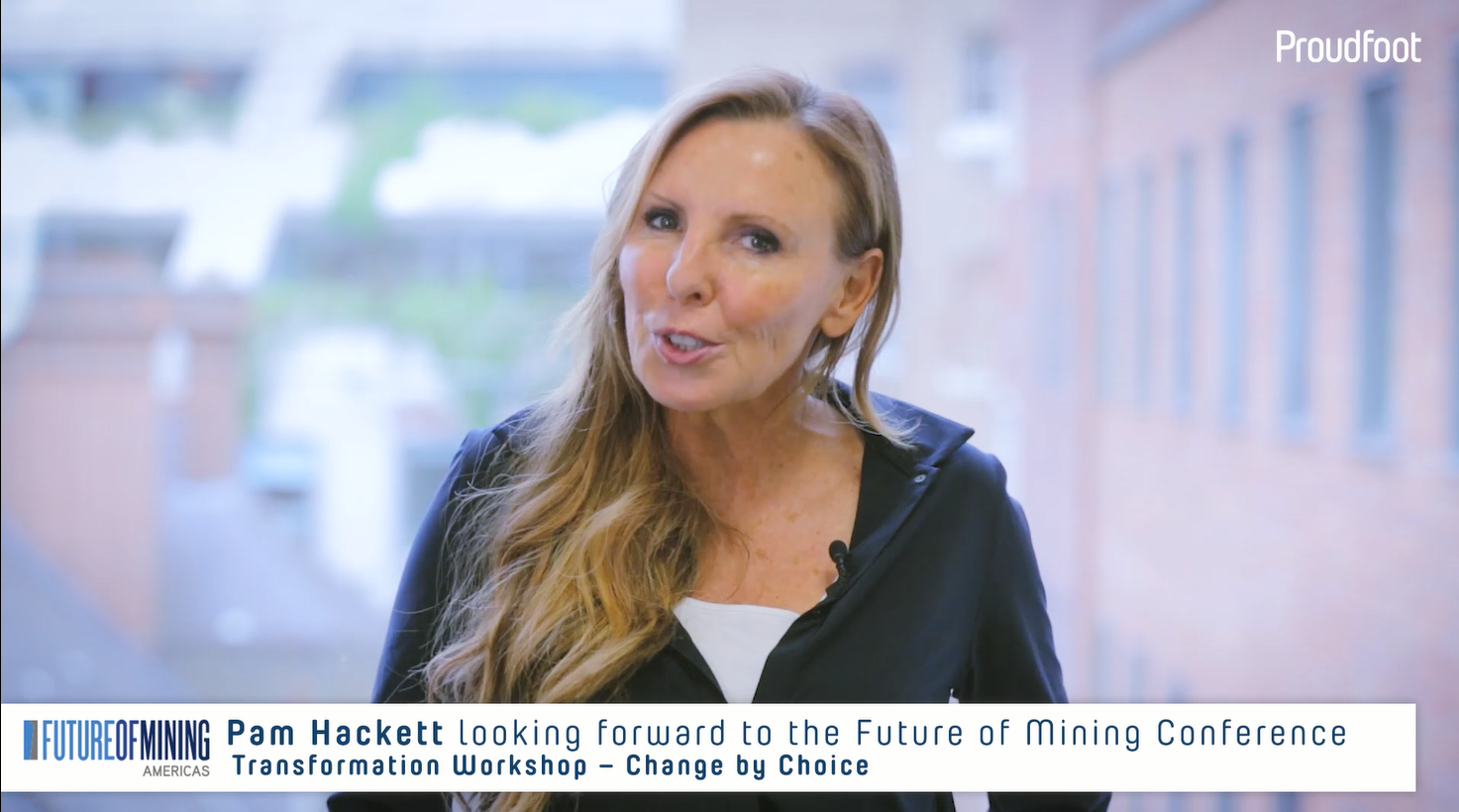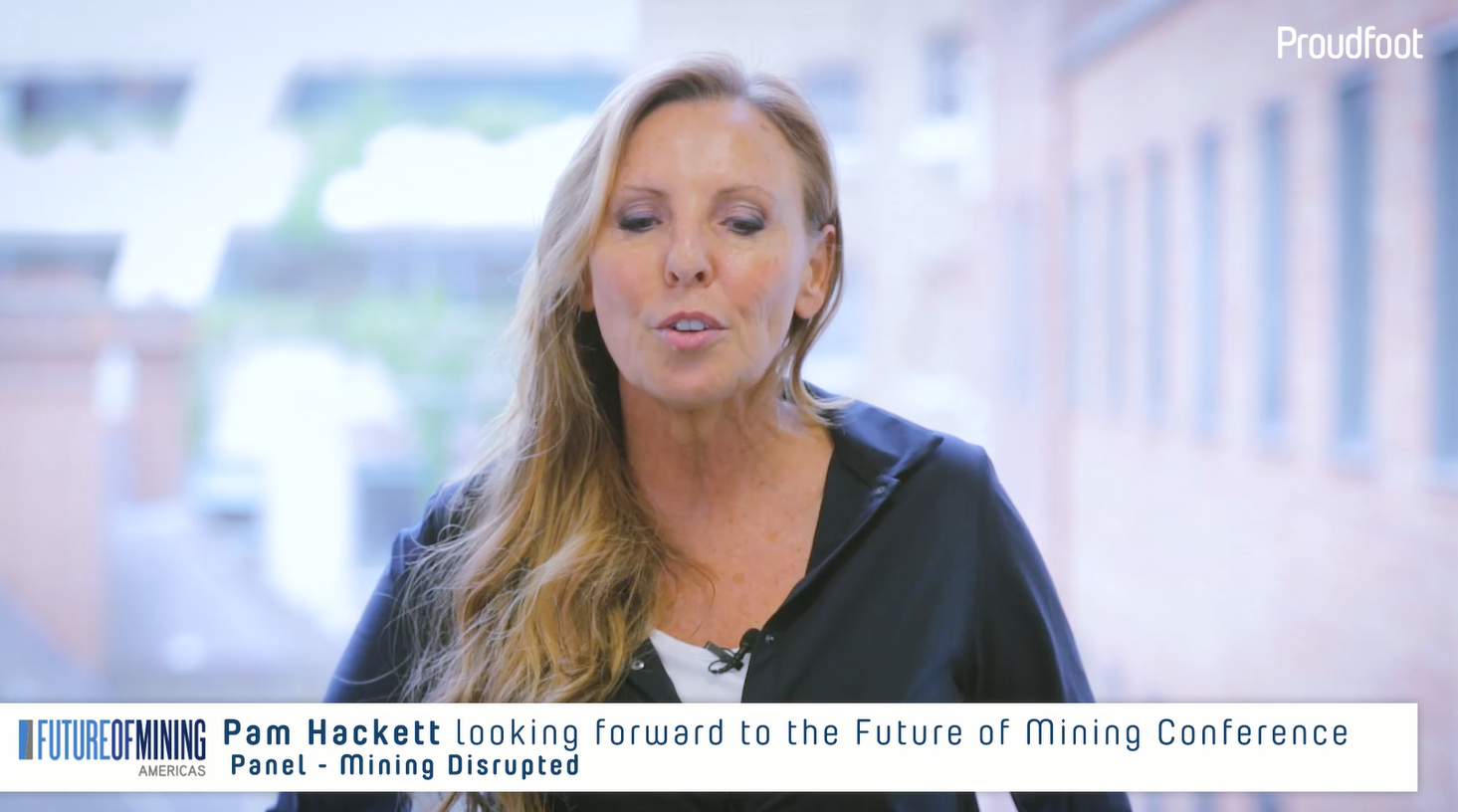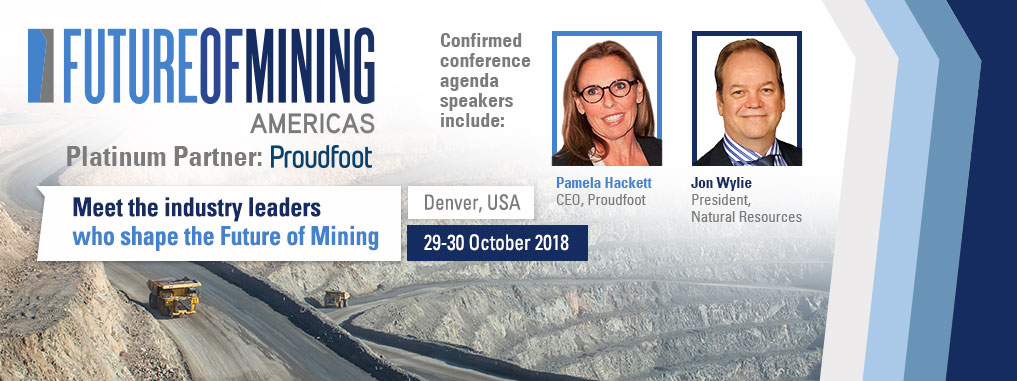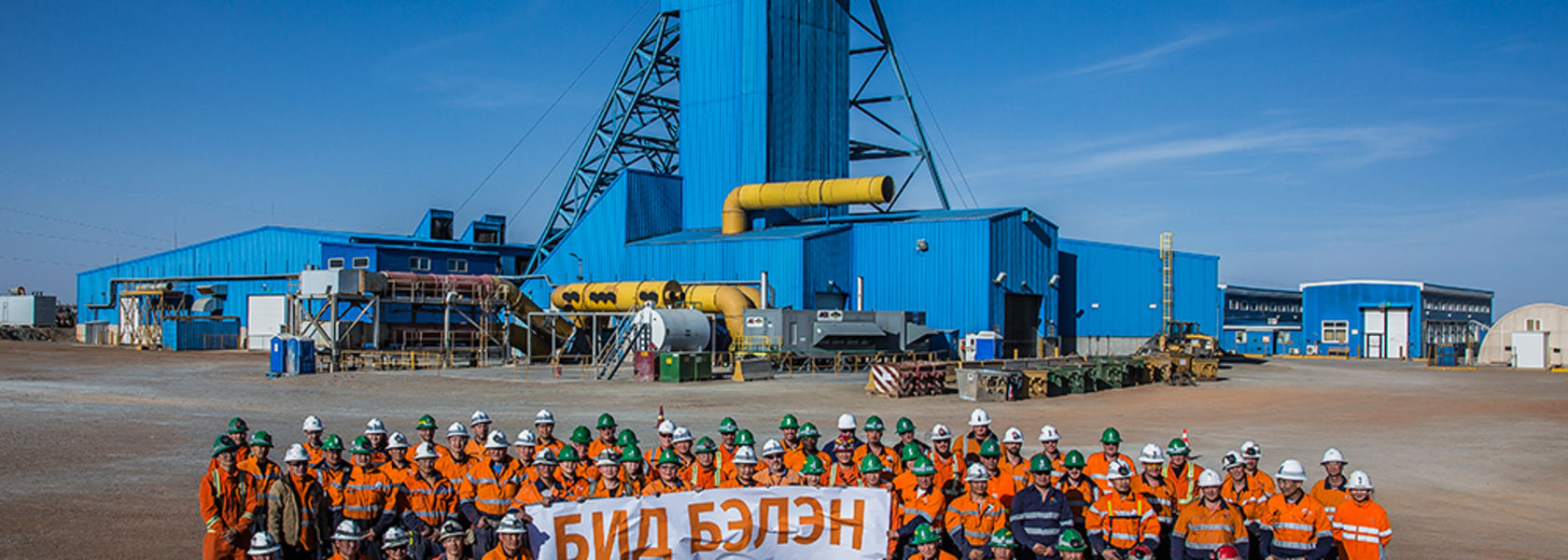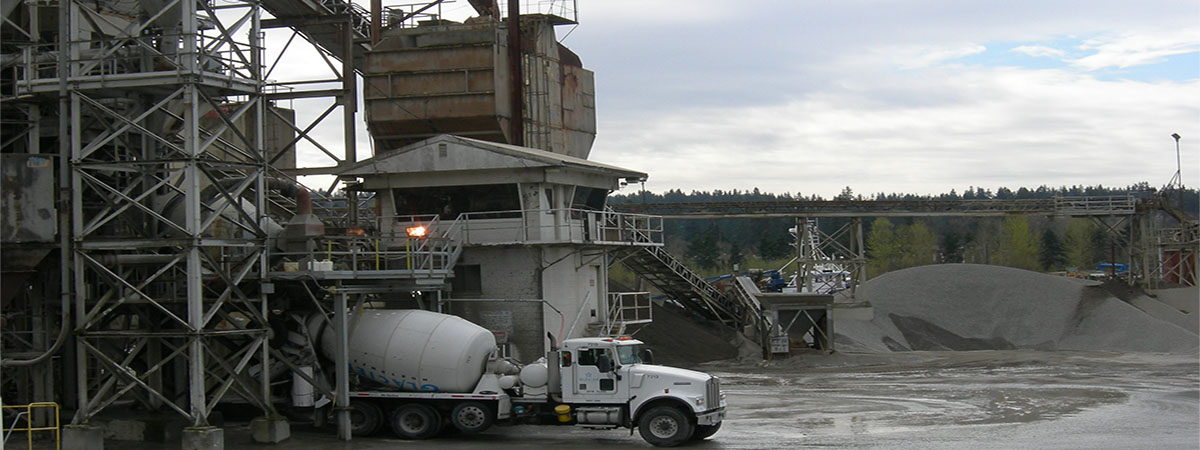There’s no question that big data and artificial intelligence are transforming business processes, and procurement is no exception. In the past, global sourcing was a costly process that was only effective for businesses with a global presence. Thanks to digitization, it is now available to every business at a fraction of the cost of the conventional approach. This allows even a small procurement team with limited resources to discover and evaluate thousands of new suppliers within seconds, giving them a far greater chance to find higher-quality and lower-cost material sources.
Not only is strategic sourcing much faster with digitization, it also requires much less effort. Cloud-based solutions can be developed with no investment in IT infrastructure, and since evaluating candidates and processing each stage of the funnel is highly automated, sourcing initiatives that used to take months can be completed in weeks. Procurement professionals are unburdened to focus more time on their value-adding core tasks.
Whether you want to drive more competition within your existing supplier base or quickly develop suppliers for a new market segment or geography, digital sourcing has become a proven solution.
But how can you ensure the anticipated returns from your digital investment?


